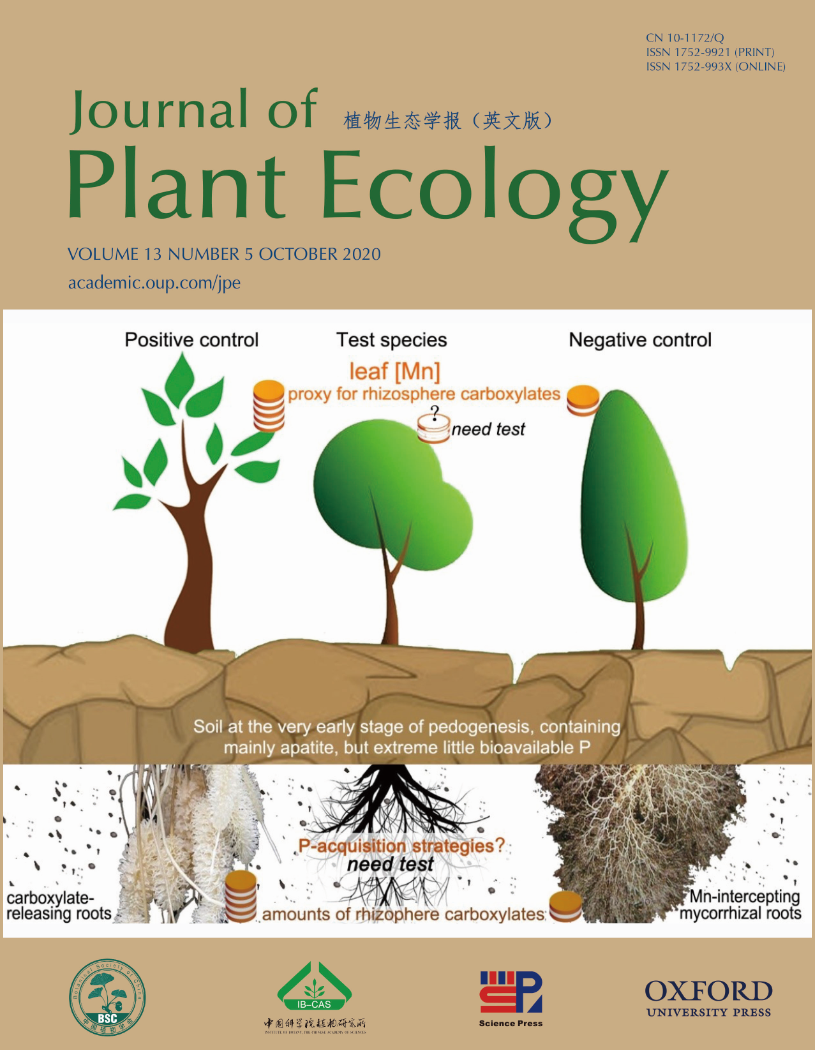Senlin Yang, Jian Shi, Lianghua Chen, Jian Zhang, Danju Zhang, Zhenfeng Xu, Jiujin Xiao, Peng Zhu, Yang Liu, Tiantian Lin, Li Zhang, Hanbo Yang and Yu Zhong
Aims
Although soil environments exist extensive heterogeneity for many plants with a wide range of distribution, researches about effects of soil conditions on plants’ tolerance and adaptation are particularly inadequate. In our study, the aims are to reveal physiological strategies of Populus deltoides against drought stress under different soil conditions and to select the most suitable soil type for P. deltoides plantation.
Methods
Under controlled conditions, we used P. deltoides as a model species to detect differences in gas exchange rate, antioxidative capacity, nitrogen metabolism and biomass accumulation and partitioning in response to drought stress under three mineral soil types with distinct physicochemical characters, i.e. red soil (RS), yellow soil (YS) and yellow-brown soil (BS).
Important Findings
Exposure to 25% of field water holding capacity in soil for 3 months had significantly decreased biomass of all organs, photosynthetic rate, enzyme activities related to N assimilation, but increased H2O2, malondialdehyde and content of both NO3− and NH4+, when P. deltoideswas planted in both RS and YS. In contrast, under BS, there are slightly negative effects exerted by water deficit on total biomass, gas exchange rate, activities of enzymes related to nitrogen metabolism and membrane damage caused by reactive oxygen species, which can be associated with a consistent increase in superoxide dismutase, peroxidase and catalase, and a higher ratio of root mass to shoot mass. It is concluded that, such higher capacity in tolerance and adaptation against drought stress under BS relative to both RS and YS could be accounted for more sufficient nutrient provision in soil parental materials and better soil aeration conditions which play a vital role in plant acclimation to water shortage. Our study also revealed that, distribution areas of BS might be preferable for cultivation of P. deltoides, when compared with those of RS and YS.








